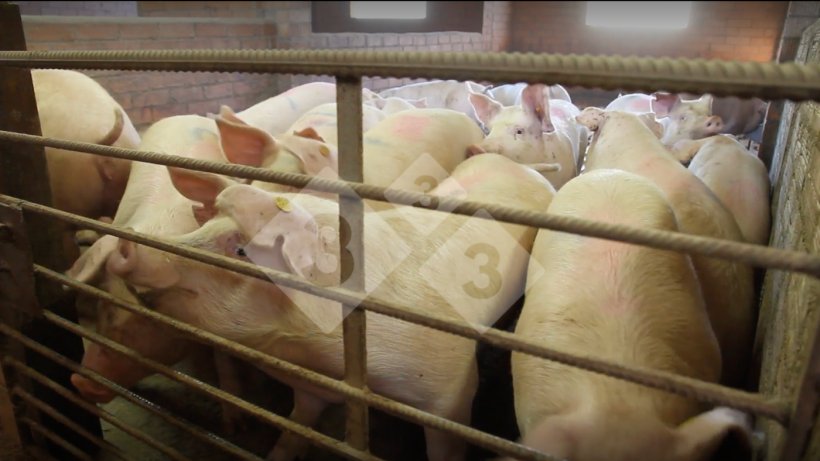Are there more pleuropneumonia problems today than in the past? What factors may have influenced this?
Espigares, Vela, and Pallarés all share the impression that pleuropneumonia cases have increased in the last few years. Considering the cases they receive for laboratory diagnosis and farm visits, Pallarés adds that he has noticed in many cases it is affecting quite young animals, as opposed to years ago, when most of the outbreaks affected animals at the end of finishing.
All three agree that increased weaning age is also a factor in the increase of pleuropneumonia problems. Espigares emphasizes that, as several studies suggest, the main source of infection for piglets is their mother starting from the second week of life. The later the weaning is delayed, the greater the probability of infection for the piglet.

Another factor to consider are the nursery and finishing facilities, Vela comments that factors such as poor environmental control or excessive animal density must always be taken into account. Espigares stresses that the size of nursery farms is increasing and this means that the mixing of animals from different litters, and even source farms or batches (different ages), is also greater, which also influences the occurrence of disease outbreaks.
Vela also highlights the risk of importing piglets from countries with high incidences of App, possible carriers of more virulent serotypes.
How is the reduction in antibiotic use for disease control affecting us and how will it affect us in the future?
Pallarés and Espigares agree that the reduction in the use of antibiotics has influenced the rebound in cases of the disease. Espigares comments that, specifically, the reduction in the use of amoxicillin or macrolides during lactation in breeding sows, in the nursery, and at the beginning of the finishing stage has been a factor to take into account and has probably triggered a greater transmission of bacteria in these phases.
How important is management in disease control?
All three agree on the importance of management. According to Vela, all disease prevention measures include reducing the presence of the bacteria in piglets as much as possible, reducing the prevalence of the disease at weaning and, as the main strategy, having protocols for animal flow. Espigares believes the mixing of animals should be minimized, not only in terms of source farms and ages, but even in terms of litters, as has been described in some studies.
How can vaccines help in the control of porcine pleuropneumonia?
Espigares says that vaccination today is one of the options to take into account in preventing the disease. Used properly and at the optimal time, vaccines make us less dependent on the use of antibiotics, minimizing the clinical and economic impact of the disease. Vela comments that vaccination is one of the pillars of disease control protocols and is an aid in cases of acute outbreaks. It allows us to reduce the economic impact in finishing until we establish measures in the production pyramid that allow us to control the disease, and in cases where this is not possible, for example in purchased piglets, vaccination can make even more sense.
Pallarés adds that there are three types of vaccines against App: bacterins, toxoids, and mixed vaccines. Bacterins generate antibodies against the bacteria and are serotype-specific, toxoids act against toxins, and mixed vaccines act against both. Published results from various trials indicate that vaccination is an effective tool to reduce lesions, mortality associated with the disease, and the use of antibiotics. In vaccination plans, we must avoid interference with maternal antibodies. Maternal antibodies against the bacteria start to decline in the second week of life, which is when bacteria begin to colonize the piglets, and antibodies against toxins begin to decline at 10 weeks of life.

How important can replacement animals be in the control of this disease?
Pallarés and Espigares agree that replacement females can play an important role- mainly regarding changes of source farm, if animals infected with a new serotype enter a negative farm or negative animals enter a positive farm. Espigares stresses that in both cases disruption of the stability is triggered. Furthermore, they add, when negative replacement gilts come into contact with positive multiparous sows, they become infected and cause both the primiparous sows and their piglets to become important sources of shedding of the bacteria, which will create the origin of the problem that will be established in the following stages of production.
Vela mentions that good protocols must be in place for the entry of replacement animals, with mechanisms to know their health status and protocols for acclimation and monitoring. The objective is to limit the entry of new serotypes with the potential to be more pathogenic than the existing ones and to acclimate the new gilts to the existing serotypes, with no or minimal impact of these resident serotypes on them or their offspring. He further remarks: "Easier said than done”.




